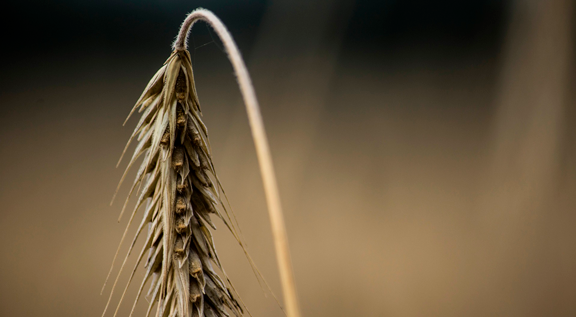
Image: Pixabay
Somar meteorologist Celso Oliveira said that there are episodes of heavy rain predicted for spring, a period in which the wheat harvest intensifies, but that they should not last more than three consecutive days.
“There is no expectation of rain that could affect the harvest”, he pointed out.
{module Form RD}
“And what’s the concern with wheat? It’s frost, because there is still a forecast of frost at the end of the month (August) at least in Rio Grande do Sul.”
He stated that the weather conditions, so far, are good for the harvest, but it is a “cold year”, with the risk of a late frost, as early as September.
“Last year, Rio Grande do Sul was badly affected in winter crops by frost at the end of September. I wouldn’t doubt this type of event this year”, warned Oliveira.
Based on data from Emater-RS, he highlighted that at least 6% of Rio Grande do Sul's wheat areas are in bloom, which represents little, but would be lost in the event of excessive cold.
In Paraná, a survey by the Department of Rural Economy (Deral) indicates that 19% of crops are in fruiting and 47% in flowering, “This is the great danger, if the frost reaches there”, added the meteorologist.
Wheat from Paraná is developing late compared to the previous season. According to Deral, at this time in 2020, 8% of the areas were in the last phase of development, in maturation, and 33% in fruiting.
The quality of the 2021 harvest is also worse in Paraná, with 61% of crops in good condition, versus 83% a year earlier.
“Some crops have started to mature, but it is not even 1% of the area yet… the harvest should only pick up pace in September”, stated Deral analyst Carlos Hugo Godinho.
According to the harvest calendar of the National Supply Company (Conab), work should begin in August in Paraná.
He said that the first areas that will be harvested were those damaged by frost in previous months, in the west of the State, and the expectation is that volumes will be lower or quality will be lower than that seen in recent years.
If new cold episodes are confirmed, the result would be even more serious than what has already been seen this year, said Safras & Mercado analyst Jonathan Staudt.
“New frosts in both Paraná and Rio Grande do Sul… could be even more damaging, because the more evolved the wheat is, the more susceptible it is to losses due to excessive cold.”
DRY
Godinho stated that the lack of rain is beginning to affect the performance of wheat in the northern half of Paraná. However, it is in Rio Grande do Sul that the drought has really caused concern for producers.
According to the president of the Federation of Agricultural Cooperatives of the State (FecoAgro), Paulo Pires, the drought is considered severe, although it is not present in all producing regions.
“There are already very serious predicted losses. I’m not going to quantify it because it’s difficult, but there is a very serious concern about the issue of rain, the issue of wheat… with more damage than the frost itself”, he said.
In July, the federation was already on alert regarding the lack of rain for wheat areas in regions such as Missões, which are still dry.
According to the agrometeorologist at Rural Clima, Marco Antônio dos Santos, the forecast is that rain will return to Paraná from mid-September. “For Rio Grande do Sul, the trend is for below-average rainfall.”
At the beginning of the month, the National Supply Company (Conab) estimated the Brazilian harvest at a record 8.6 million tons, but the numbers still do not reflect the effects of drought and frost.
Staudt, from Safras & Mercado, estimates production at 7.9 million tons, with the possibility of a drop to 7.5 million if there are losses.
Clipping: Notícias Agrícolas | Source: Reuters










